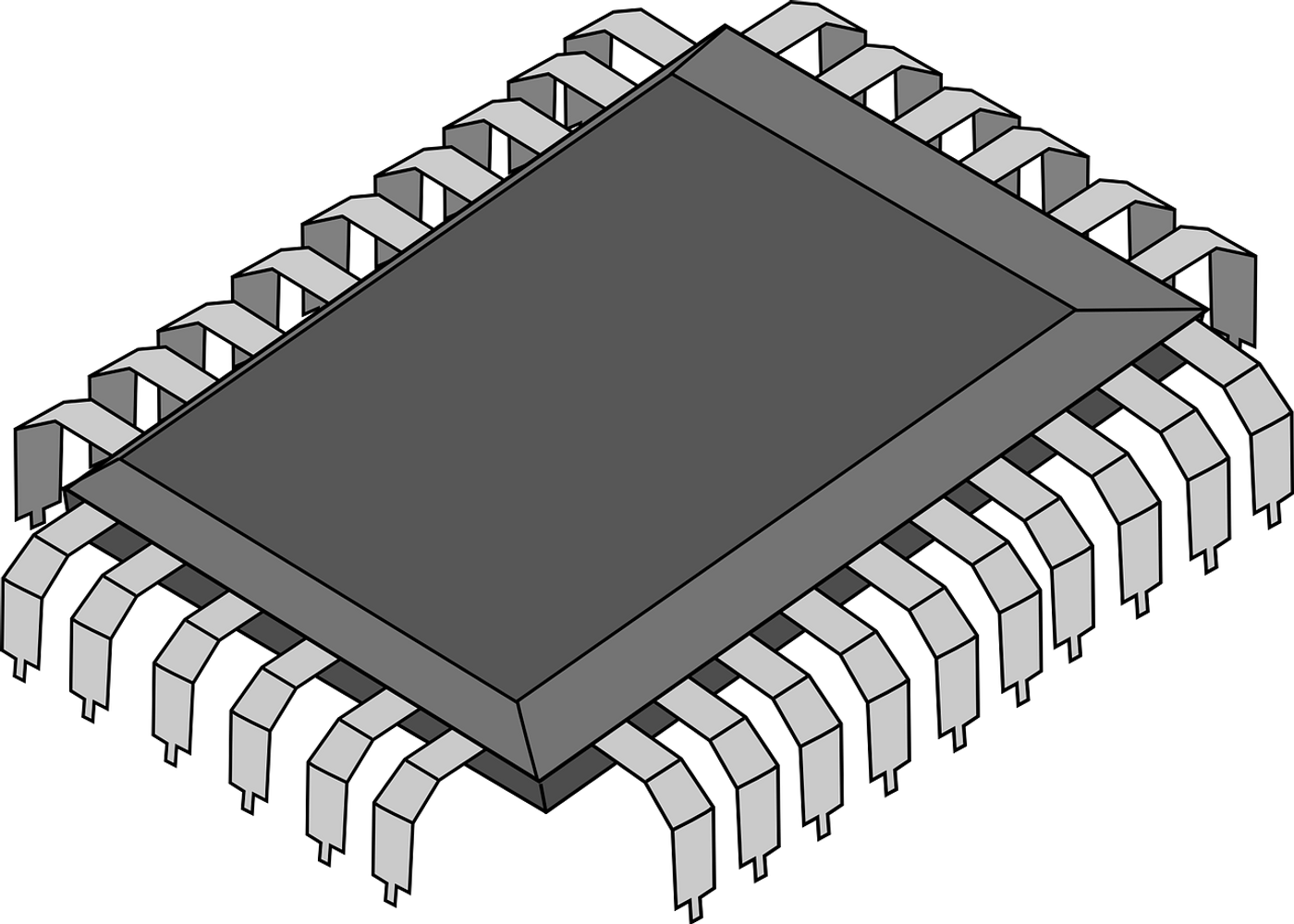Researchers Develop Method to Create Large-Scale Quantum Processor Network
In a recent study published in Nature Physics, a team of researchers at the Massachusetts Institute of Technology have exhibited a novel architecture capable of achieving both scalable and highly-cooperative communication between supercomputing quantum processors. This study holds the potential to create large-scale networks of quantum processors capable of communicating with each other. Quantum computing is hailed as being the future of computer technology since they can solve problems that might be too complex for classical computing.
"Quantum interconnects are a crucial step toward modular implementations of larger-scale machines built from smaller individual components," said Dr. Bharath Kannan, who recently completed hid PhD from MIT, is currently the CEO of Atlantic Quantum, and lead author of the study. "The ability to communicate between smaller subsystems will enable a modular architecture for quantum processors, and this may be a simpler way of scaling to larger system sizes compared to the brute-force approach of using a single large and complicated chip.”
Unlike classical computers, which use several components such as memory and computation to shuttle 1s and 0s to perform a task, quantum computing carries information using light particles while also being capable of holding 1s and 0s simultaneously. A quantum network connects quantum computers using waveguides where the photons travel. These waveguides can be either unidirectional or bidirectional, meaning photons can move in only one direction or multiple directions.
"We can get rid of these lossy components if we have a waveguide that can support propagation in both the left and right directions, and a means to choose the direction at will. This 'directional transmission' is what we demonstrated, and it is the first step toward bidirectional communication with much higher fidelities," said Dr. Kannan.
Sources: Nature Physics, IBM, Atlantic Quantum
As always, keep doing science & keep looking up!









